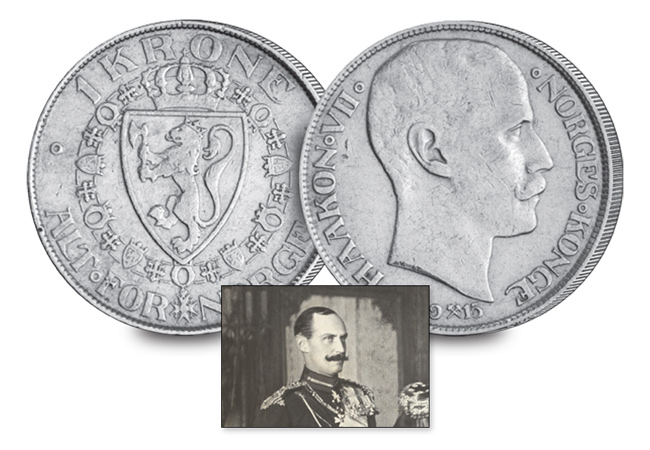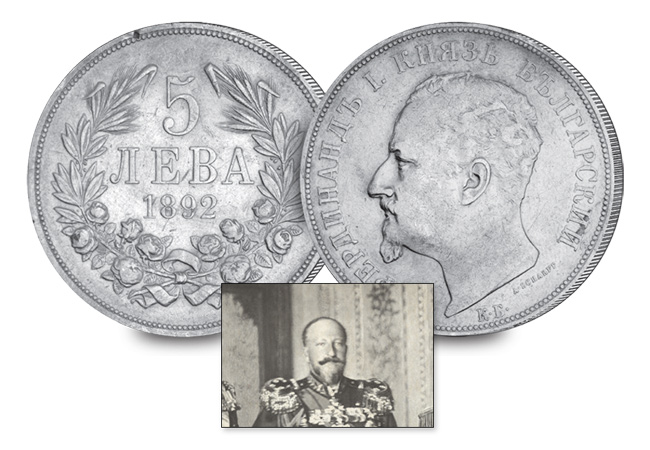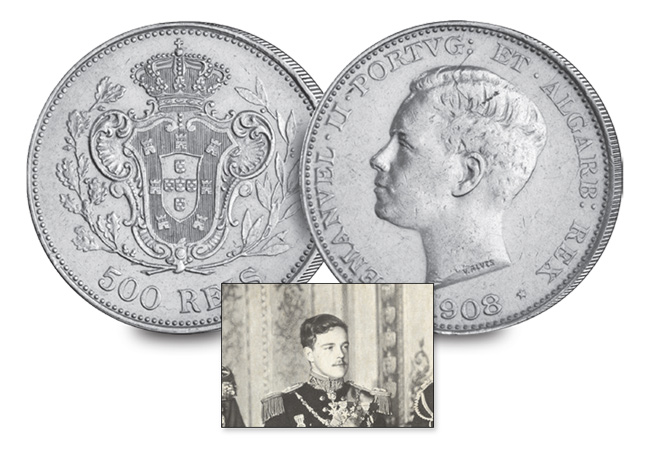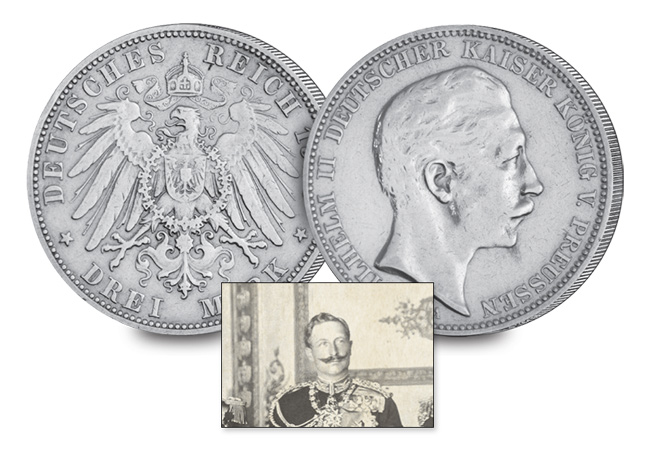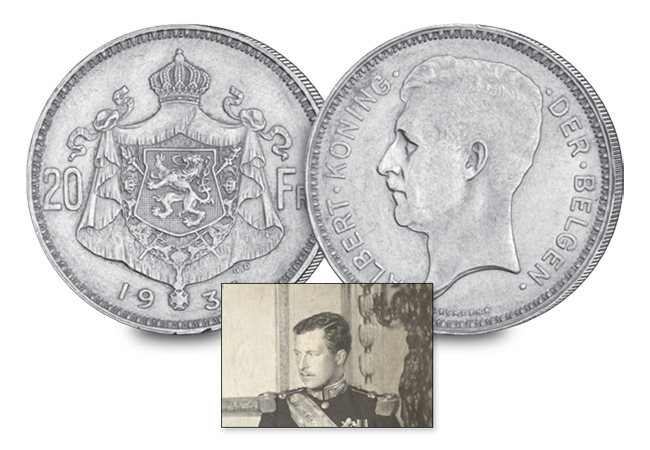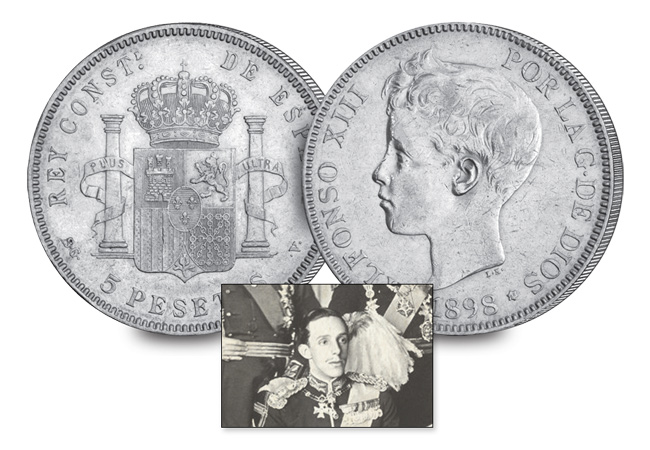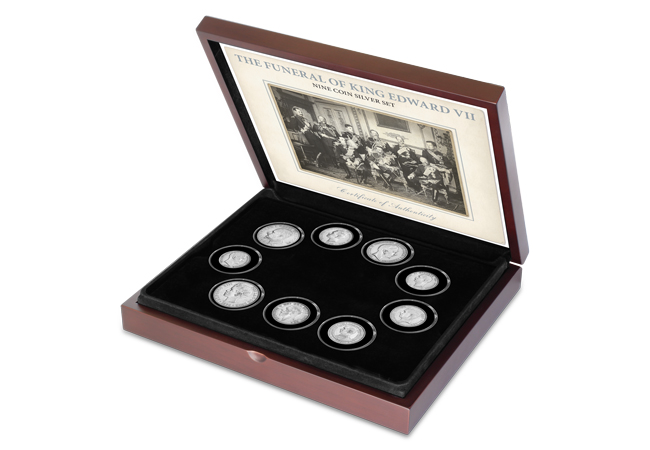Posts Tagged ‘King Edward VII’
The reign longer than Queen Elizabeth II?
Queen Elizabeth II is Britain’s longest reigning monarch, and that means that she has adorned the obverse of our coinage since 1953 when the first coins were issued with her portrait. Her reign has seen five different portraits on our coinage and one of the biggest changes to our currency – decimalisation.
And as this month marks the 50th anniversary since the day that Britain officially went decimal, we’ve been taking a look back at British coins and how their stories have changed over time. And there’s one icon that stands out above the rest, one that has featured on coins for far longer than Queen Elizabeth II’s impressive 68 years. I am of course referring to Britannia.
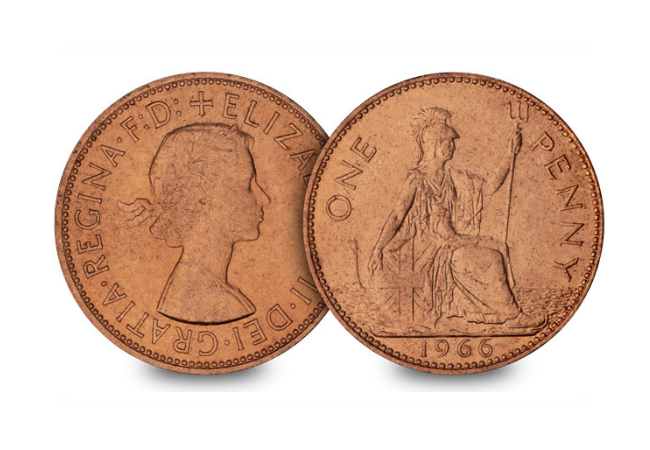
Over 2000 years old!
It’s thought that Britannia first featured on coins in Britain when the Romans arrived under Julius Caesar, but the depiction is wildly different to that which we recognize today. The coins showed a figure, neither male nor female, as a warrior with an inscription along the lines of “DE BRITANNIS”.
It wasn’t until Hadrian arrived in the second century AD that the coins started to feature a female figure with the inscription “BRITANNIA”. These Roman coins are always difficult to find, and many remain buried away even today.
A 1400 year hiatus…
This female figure disappeared from coins, and culture, for over a thousand years, not reappearing until the Tudor period. And even then it wasn’t until Charles II that she finally made her reappearance onto coinage. It’s thought that the rise of Britain as a naval power was the inspiration to include Britannia on coinage again.
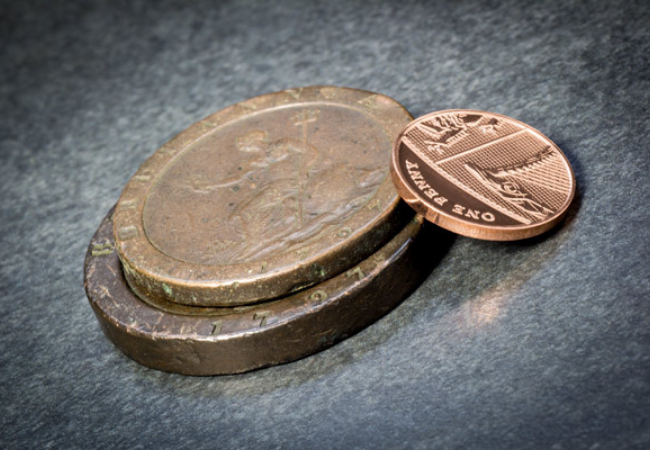
Britain’s largest penny
Under George III a one penny and two penny coin were introduced in an attempt to restore confidence in British currency. The intrinsic value of the metal plus an allowance for the cost of production was made equal to the nominal value of the coin. This made them very heavy and a lot larger than other coins in circulation – giving them the nickname ‘Cartwheels‘.
Importantly though, as Britannia had become more and more associated with the sea, these were the first coins to depict her holding a trident rather than a spear.
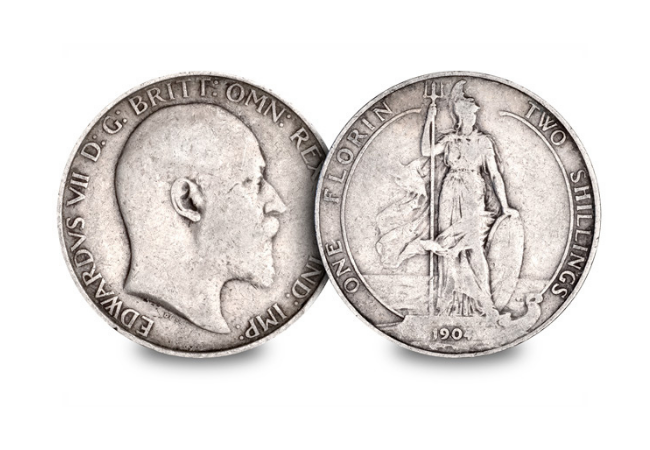
The Standing Britannia
Throughout history Britannia has been depicted on several denominations of coins, usually pennies or half pennies. Often she was shown seated with the sea in the background, and never before had she been issued on a Florin. After the long Victorian tradition of a crowned cruciform shield for the reverse, a new Britannia design was issued as King Edward VII took to the throne. A truly beautiful design, it shows Britannia with her trident, shield, and stood powerfully against the sea. Only issued during King Edward VII’s short reign, this coin has become incredibly popular for its iconic design and impressive story.
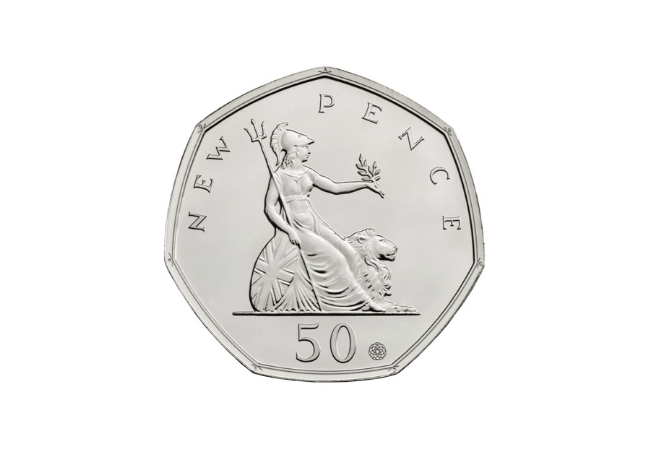
Of course the Britannia has featured and continues to feature on Britain’s coinage, with new depictions on annual releases and even special releases such as the 2019 commemorative 50p. It certainly looks like she’ll continue to have a long reign on our coinage.
If you’re interested:
Secure your very own Silver Standing Britannia Florin. At over 100 years old and with a unique design, they’re in high demand with collectors. Click here to order yours now with a deposit of JUST £13!

Nine Kings in one room, nine great European currencies…
In 1910, one of the largest gatherings of European royalty took place for the funeral of King Edward VII – the ‘Uncle’ of Europe.
The nine Heads of State who were famously photographed in Windsor Castle also represented nine of the most important European currencies during that period in history. Now for the first time in the UK, the gathering has been recreated in a unique set of original coins from that era…
Standing: 1st from left – King Haakon VII of Norway
King Haakon VII ruled from 1905 until 1957, and he is regarded as one of the most important Norwegians of the 20th Century for his stoicism during WWII.
The 1 Kroner coin shown here was struck from 800/1000 Silver up until 1915. After this, Norway’s regular coinage was almost all cupro-nickel, marking the end of an era.
Standing: 2nd from left – Tsar Ferdinand of the Bulgarians
Tsar Ferdinand established the Royal dynasty in independent Bulgaria, in 1908 he was pronounced their first ever ‘King.’ But he was forced to abdicate during WWI, and he lived to see his monarchy deposed by Socialists in 1946.
However one thing did survive, and that was the Lev – the Bulgarian currency which is still in use today.
Standing: 3rd from left – King Manuel II of Portugal
King Manuel II was the last ever King of Portugal, as their monarchy was dissolved in October 1910 and Manuel spent the rest of his life in exile.
This makes Manuel II coins particularly sought after by collectors as they were only struck in three years – like the 500 Reis shown here.
Standing: 4th from left – Kaiser Wilhelm II of Germany and Prussia
In 1910, when this photograph was taken, Kaiser Wilhelm II was still held in some regard in Britain. The last ever Emperor of Germany and Prussia, he abdicated in 1918 after losing support from the military, marking the end of the German monarchy.
He left behind him a legacy of attractive 900/1000 silver Marks however, like the 2 Mark coin pictured here.
Standing: 5th from left – King George I of Hellenes
Originally a Danish prince, George was born in Copenhagen. He was only 17 years old when he was elected king and he reigned for almost 50 years – the longest in Modern Greek history. Unfortunately, King George’s reign came to an end on 18th March, 1913 when he was assassinated during the First Balkan War.
The distinctive 2 Drachmai which carries the King’s portrait features the Greek goddess Thetis with shield of Achilles, seated upon a seahorse.
Standing: 6th from left – King Albert I of Belgium
King Albert I reigned Belgium from 1909-1934, which was an eventful period in the History of Belgium. It included the period of World War I, the adoption of the Treaty of Versailles and the first five years of the Great Depression.
The 20 Franc coin pictured here was minted within the last two years of King Albert I’s reign and is incredibly collectible today. If your 1934 coin is struck en medaille then it is significantly rarer than the standard issues – definitely one to keep in the collection.
Sitting: 1st from left – King Alfonso XIII of Spain
Alfonso was monarch from birth as his father Alfonso XII had died the previous year. Until his 16th birthday in 1902, his mother, Maria Christina of Austria, served as his regent.
As he was born King, early coins from Alfonso’s reign featured his portrait as a child, such as this 5 Pesetas from 1898 which pictures the King at just 12 years old.
Sitting: 2nd from left – King George V of the United Kingdom
Upon the death of King Edward VIII, King George V became the new King of the United Kingdom, inheriting the throne at a politically turbulent time. He wrote in his diary:
“I have lost my best friend and the best of fathers … I never had a [cross] word with him in my life. I am heart-broken and overwhelmed with grief but God will help me in my responsibilities and darling May will be my comfort as she has always been. May God give me strength and guidance in the heavy task which has fallen on me”
His portrait was struck upon the half-crown, a British denomination equivalent to two shillings and sixpence, or one-eighth of a pound.
Sitting: 3rd from left – King Frederick VIII of Denmark
Frederick ascended the throne late in life, and only ruled for 6 years.
To mark both the death of his father King Christian IX in 1906 and Frederick’s accession to the throne, a 2 Kroner coin was issued that features both Christian IX and Frederick VIII – an extremely unusual and collectable ‘double obverse’ design.
I’ve only just scratched the surface of the coinage behind the remarkable photograph. Suffice to say, we will probably never see an assembly of Monarchs like it ever again.
You can own all of these fascinating coins in the limited edition Funeral of King Edward VII Nine Coin Silver Set.


